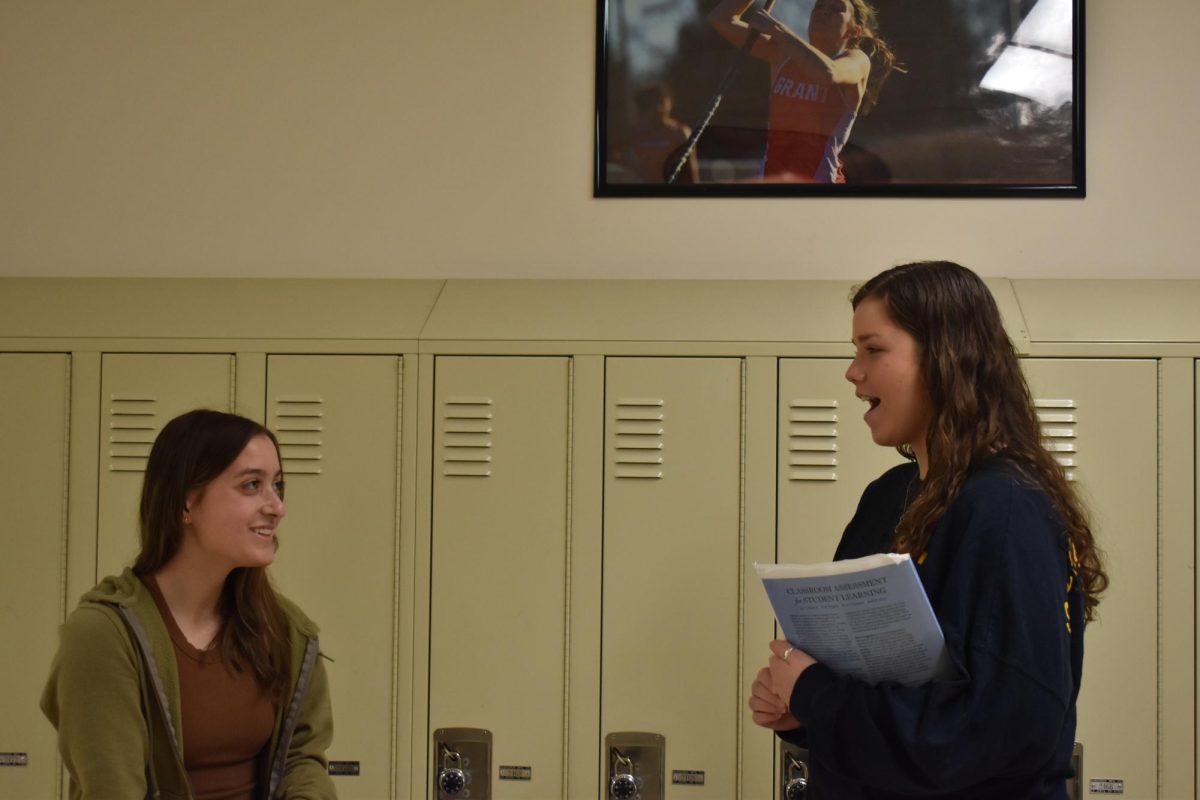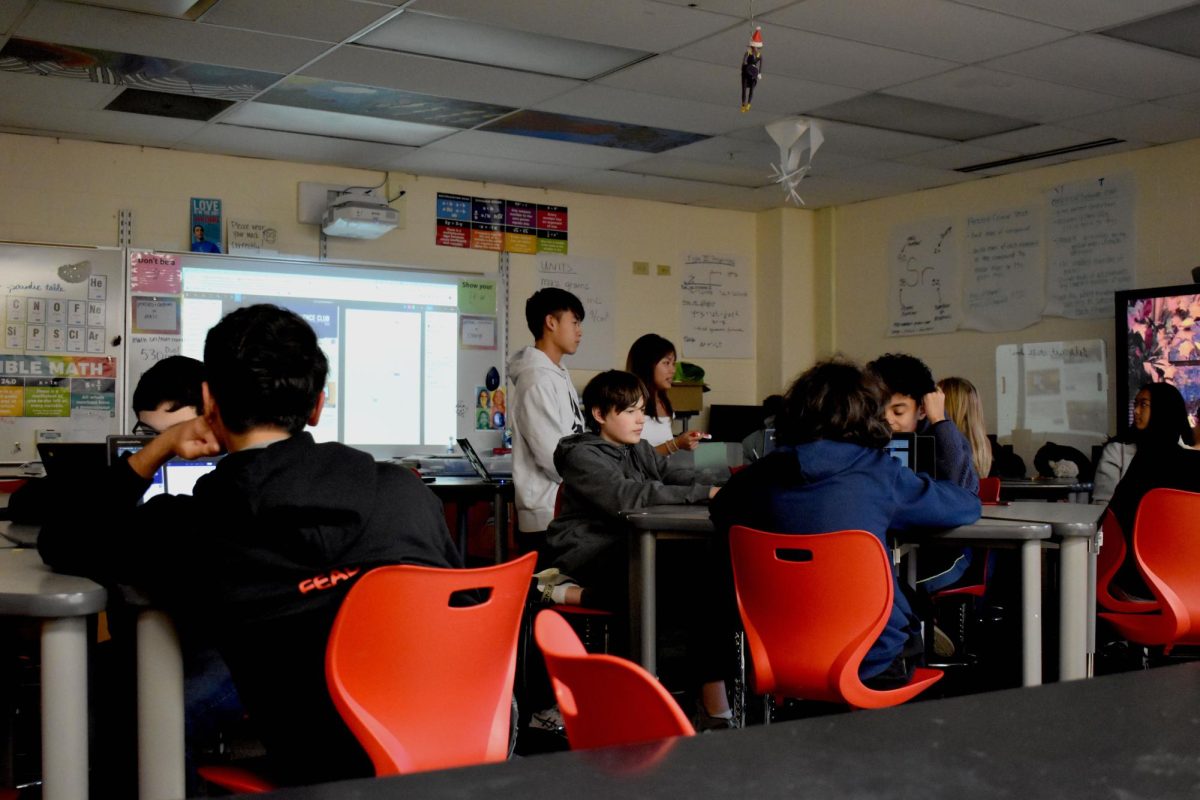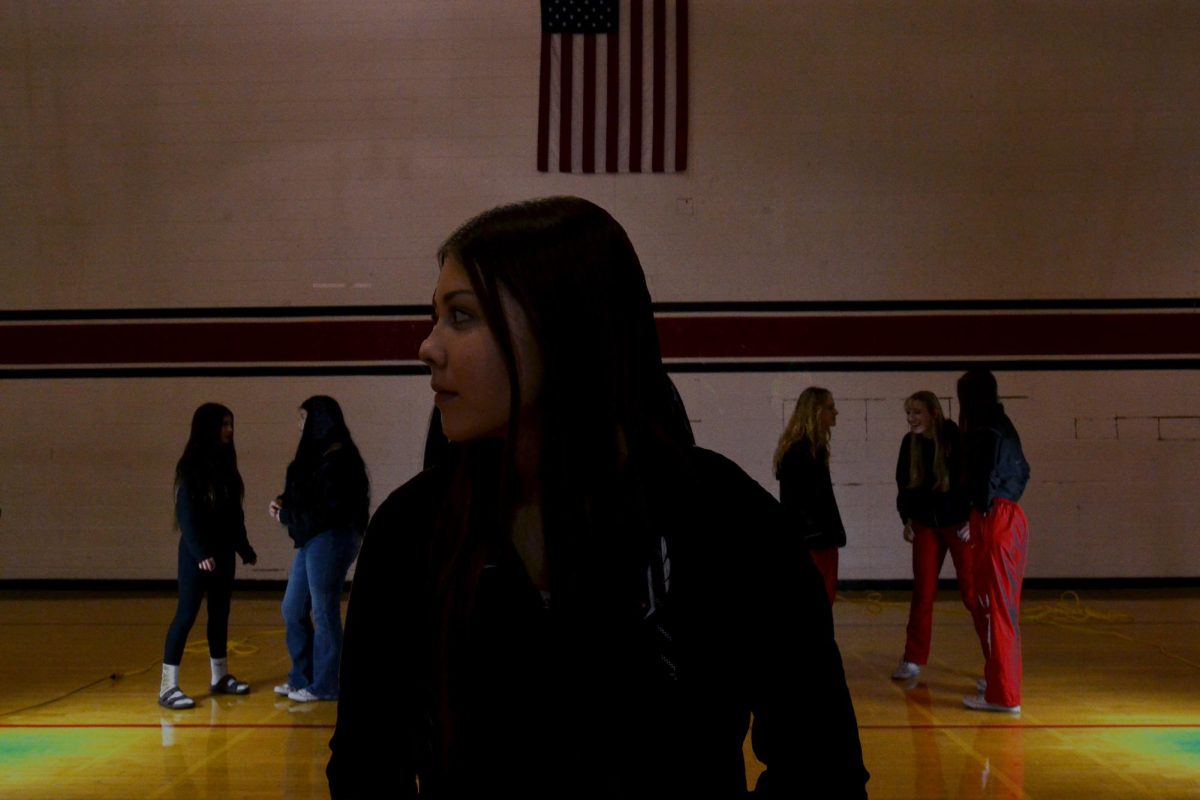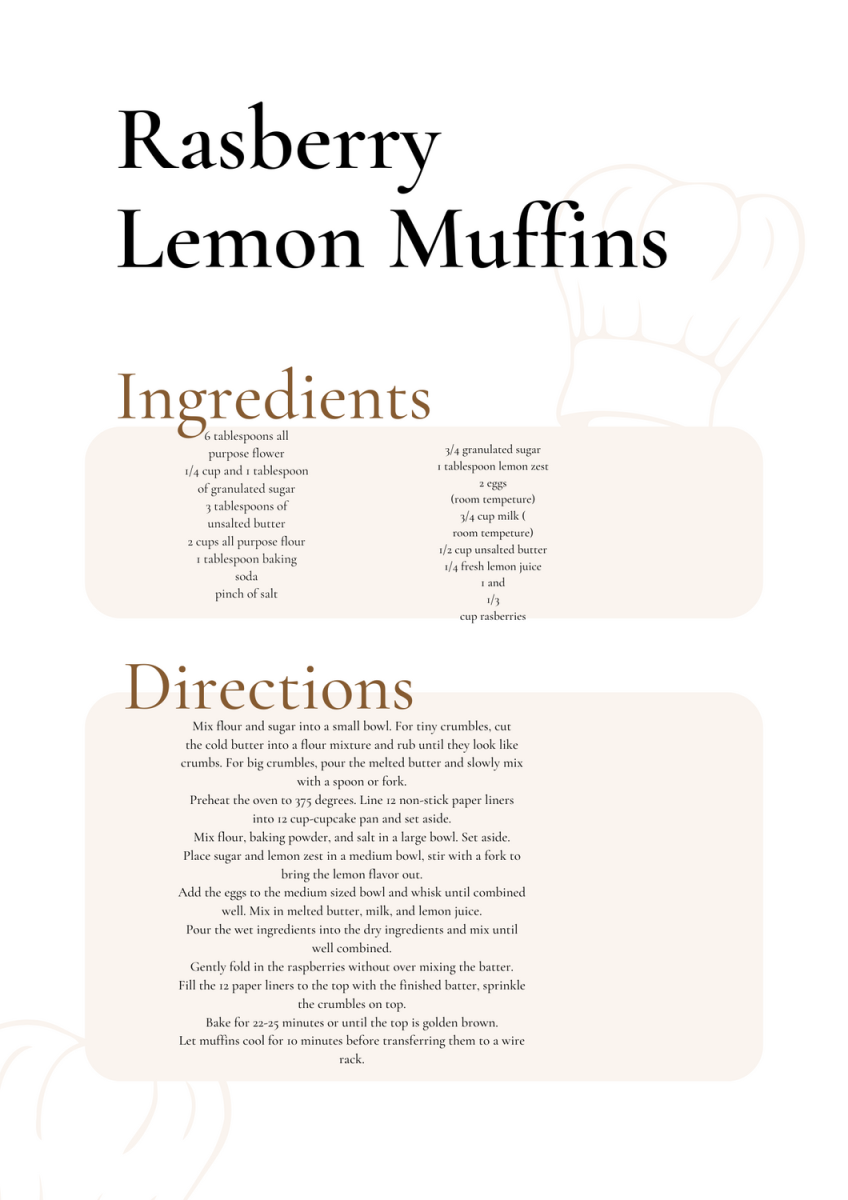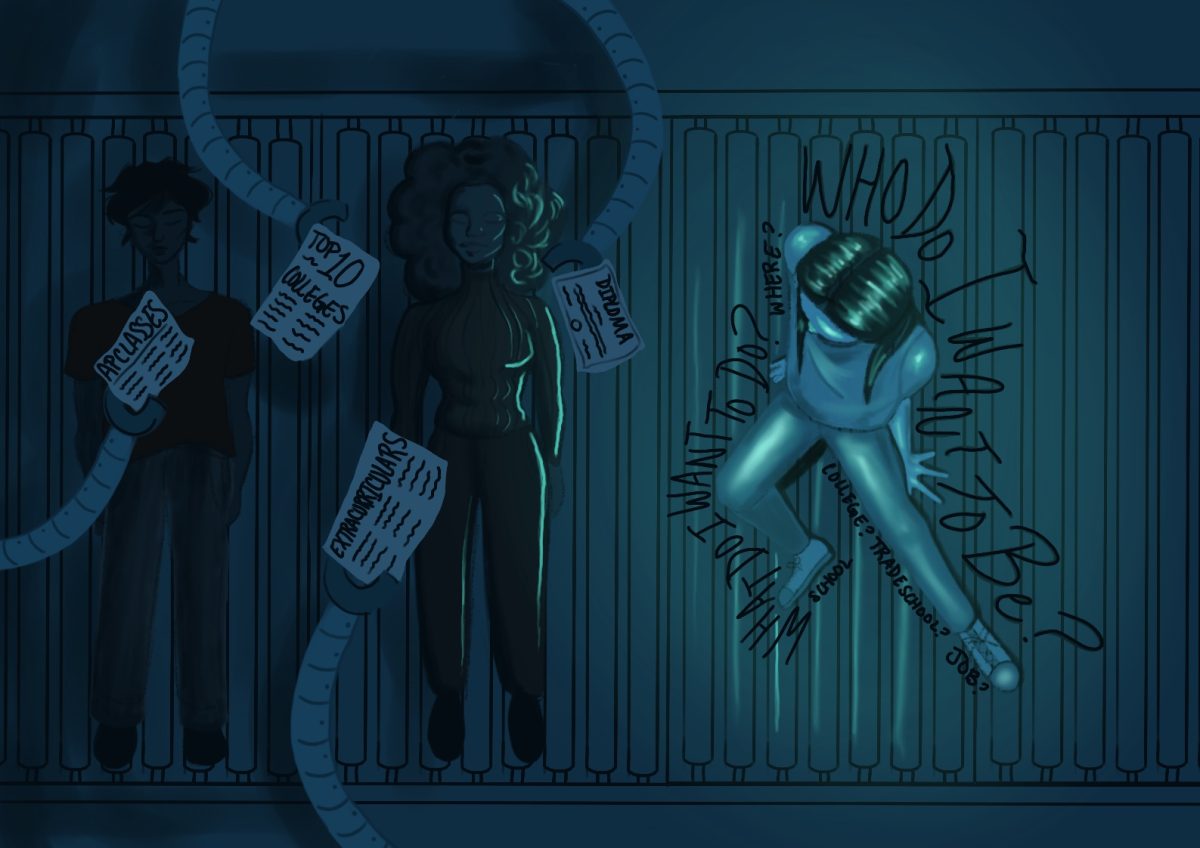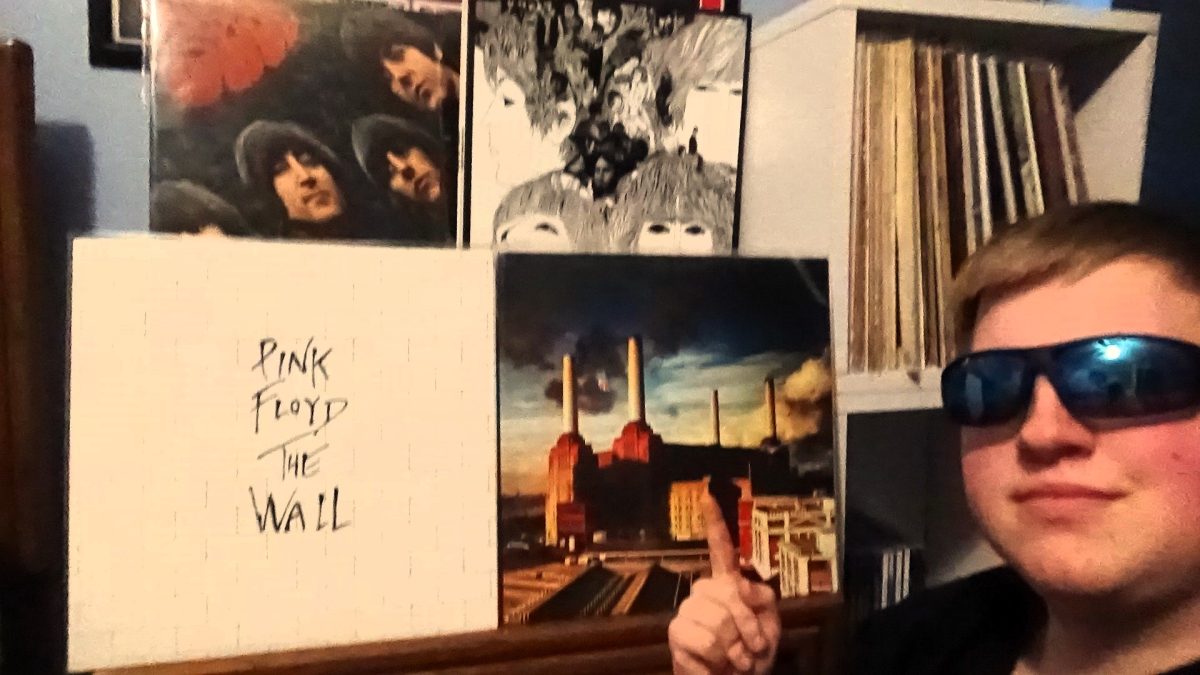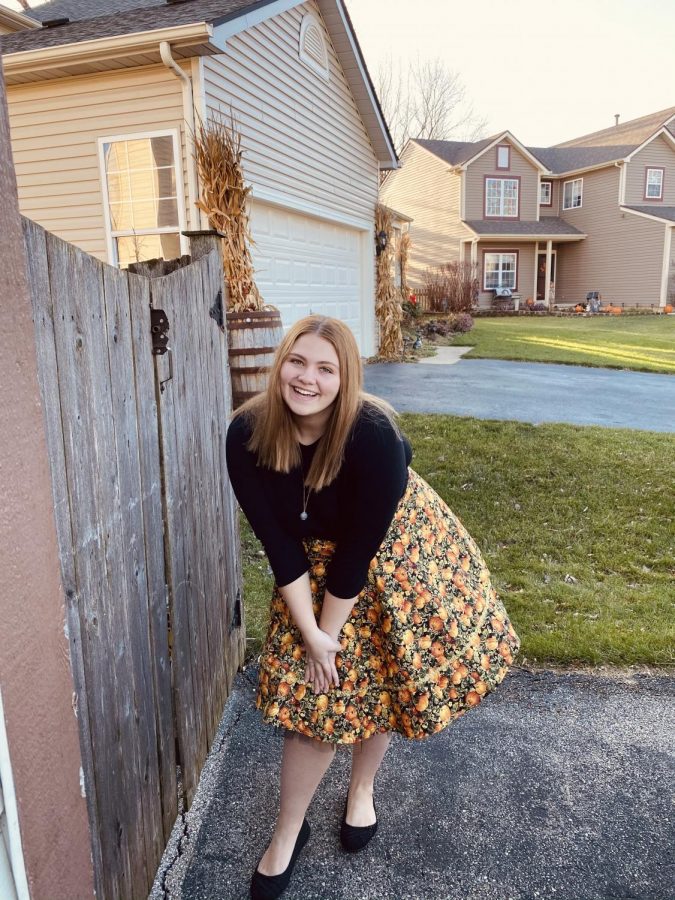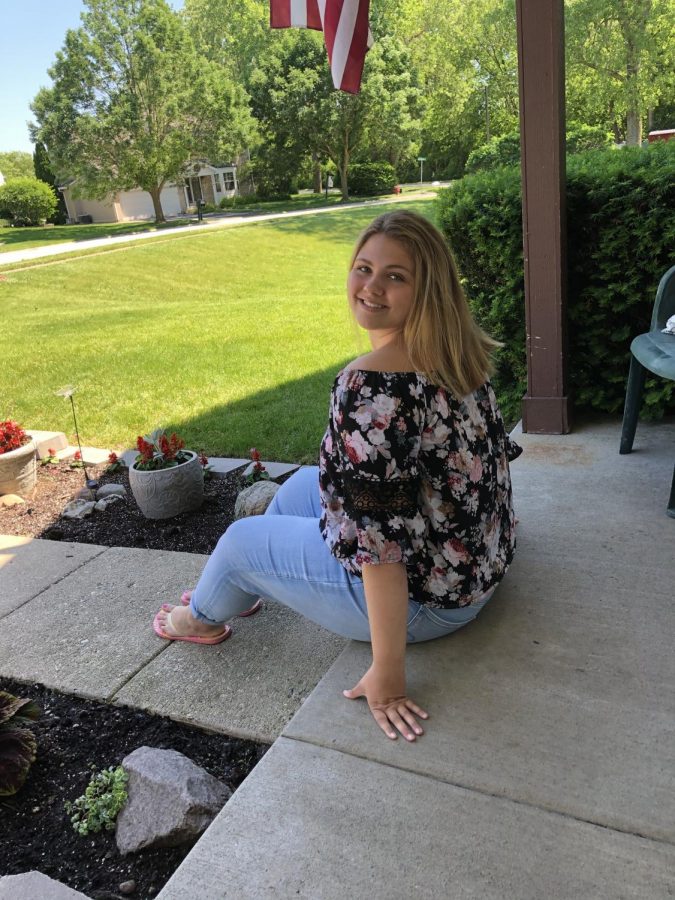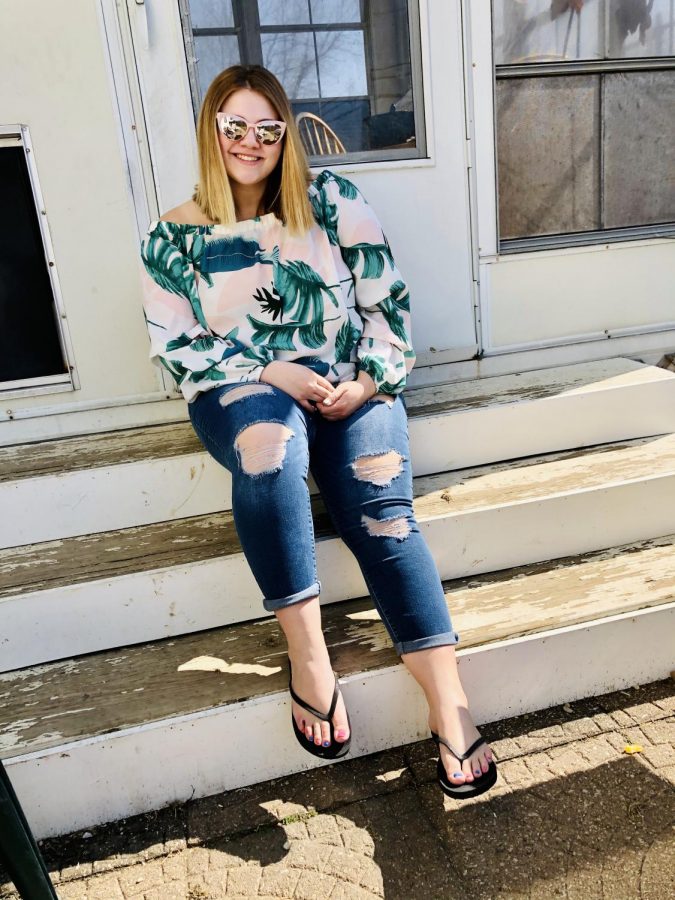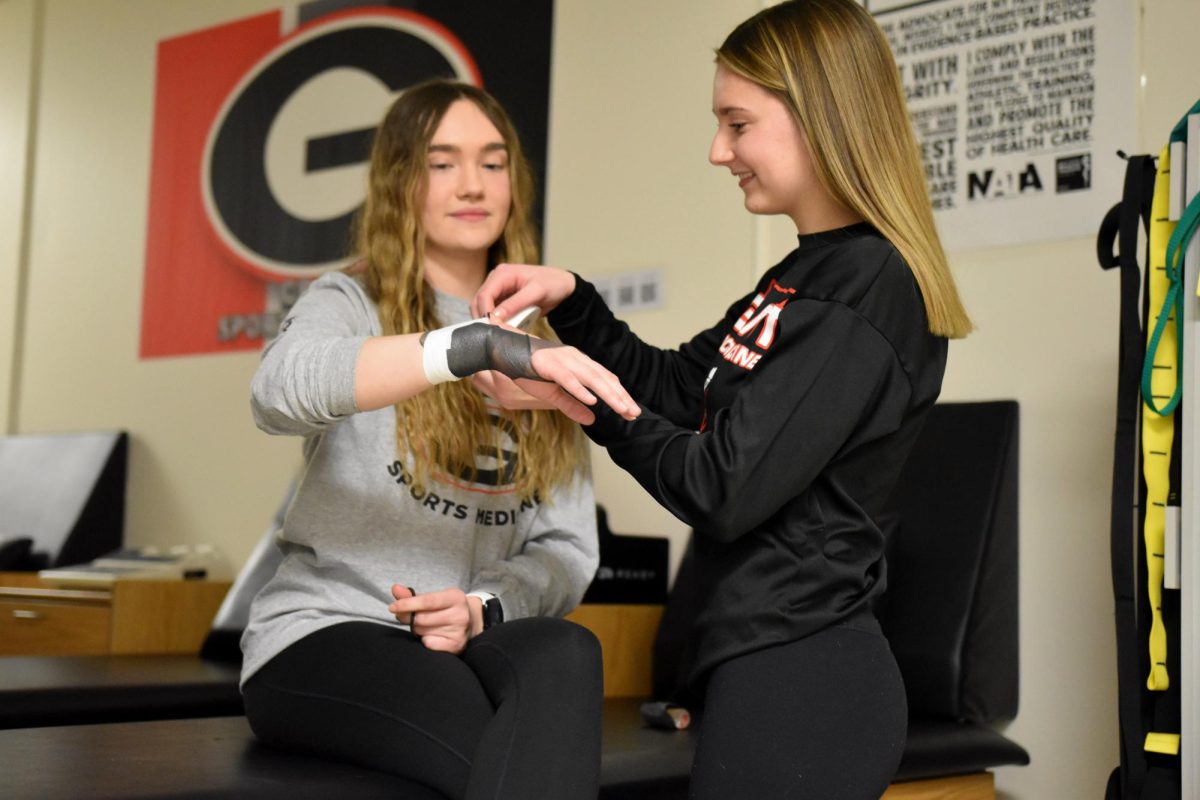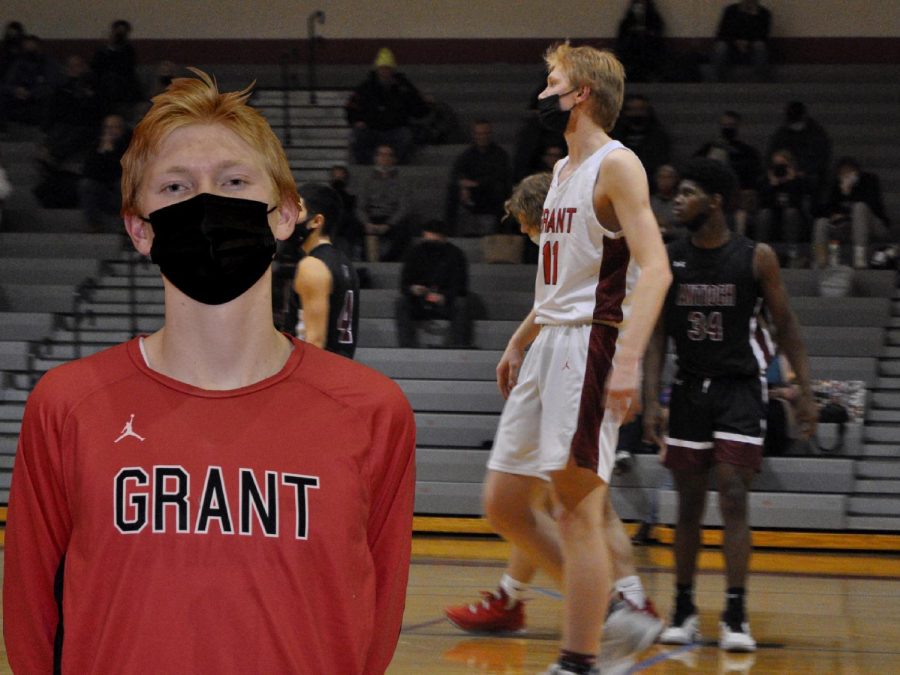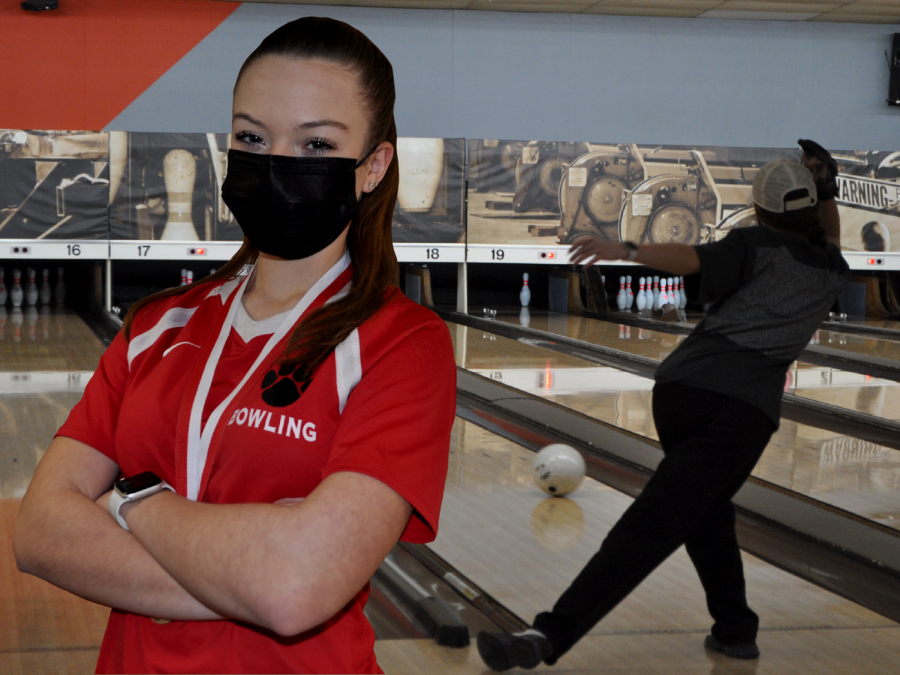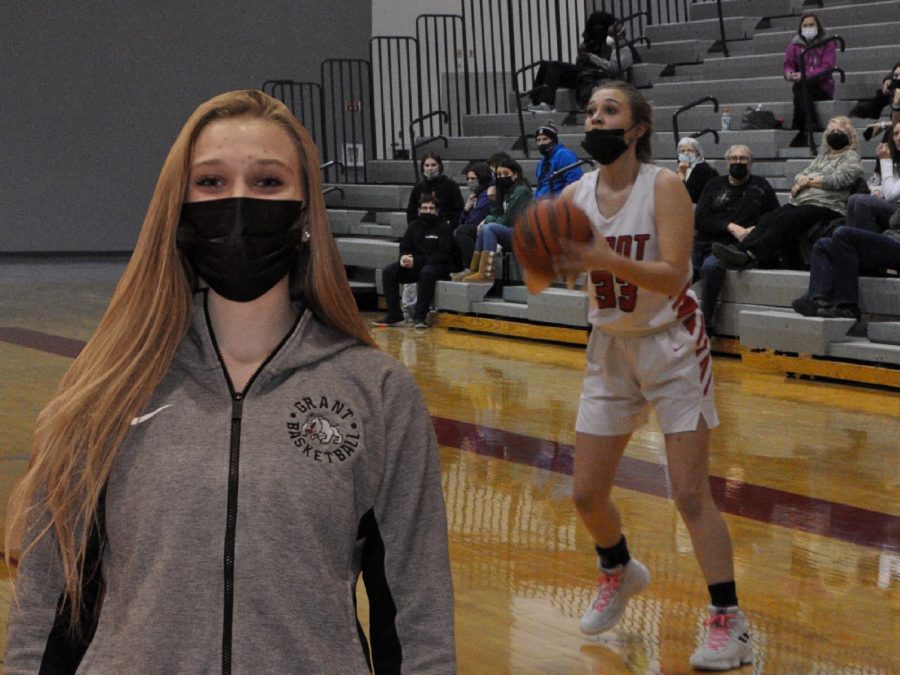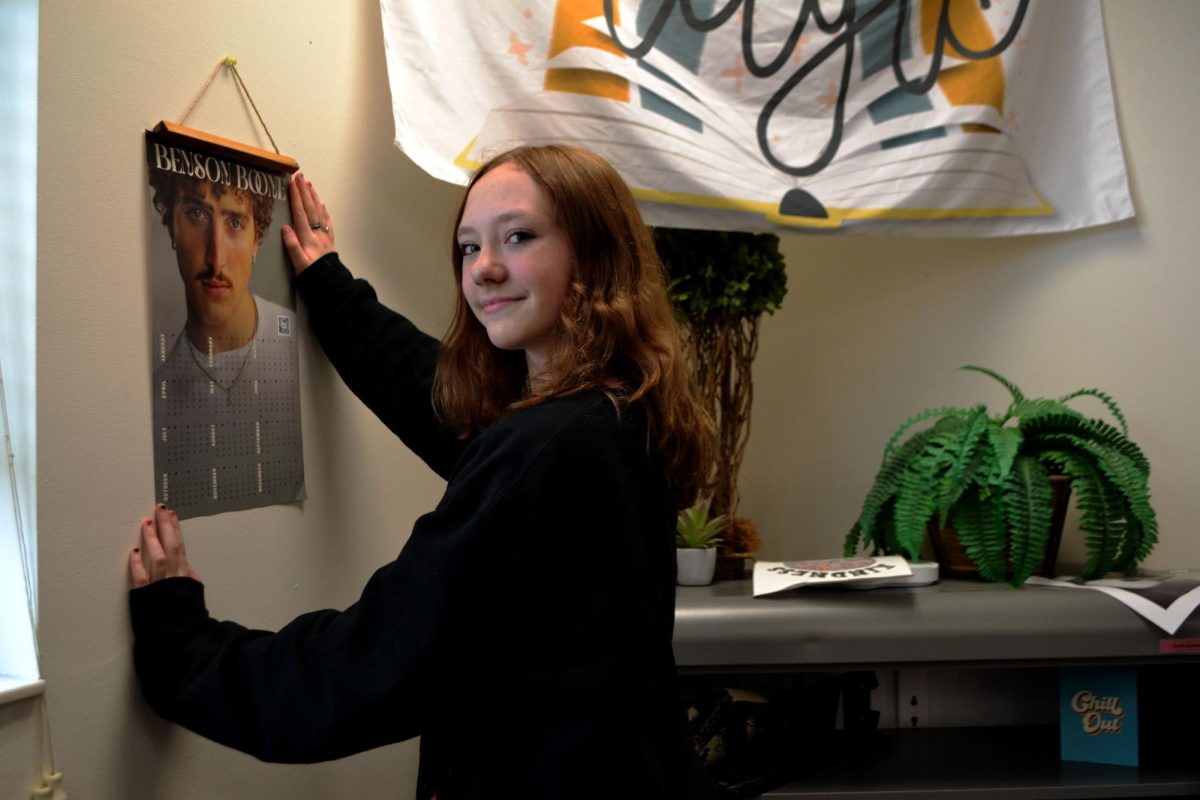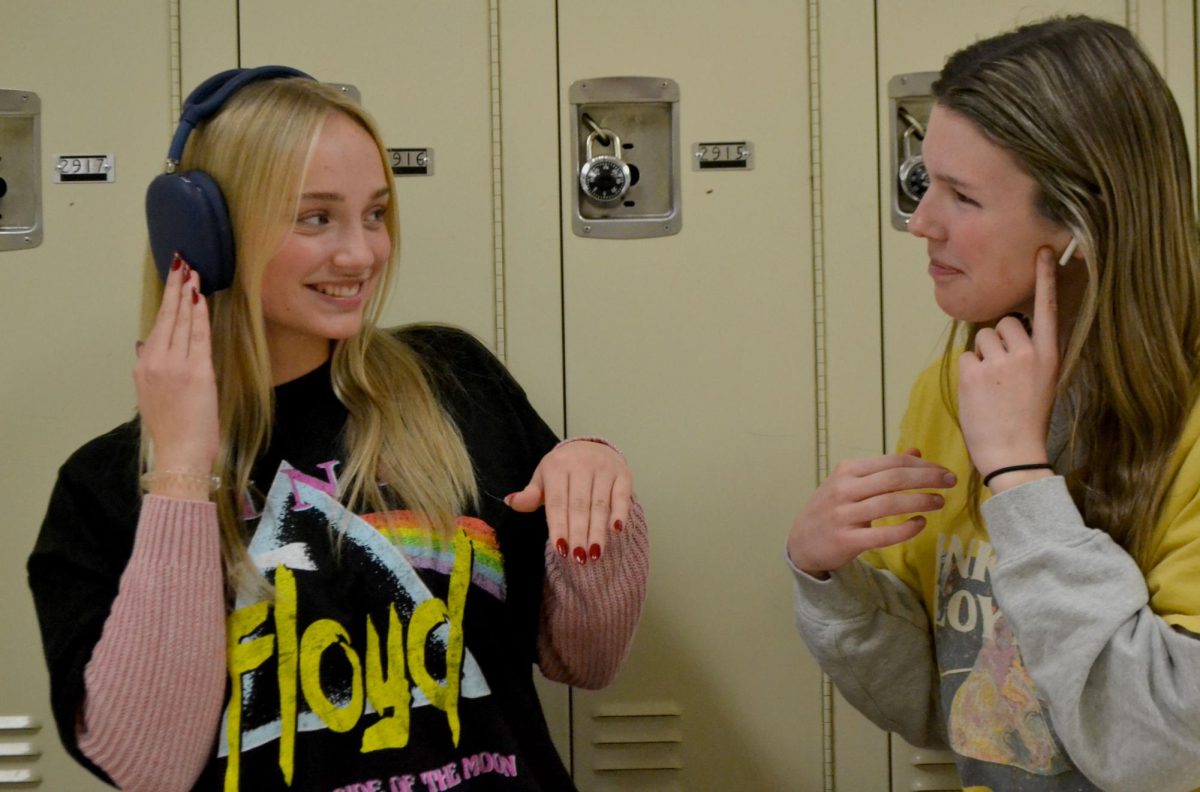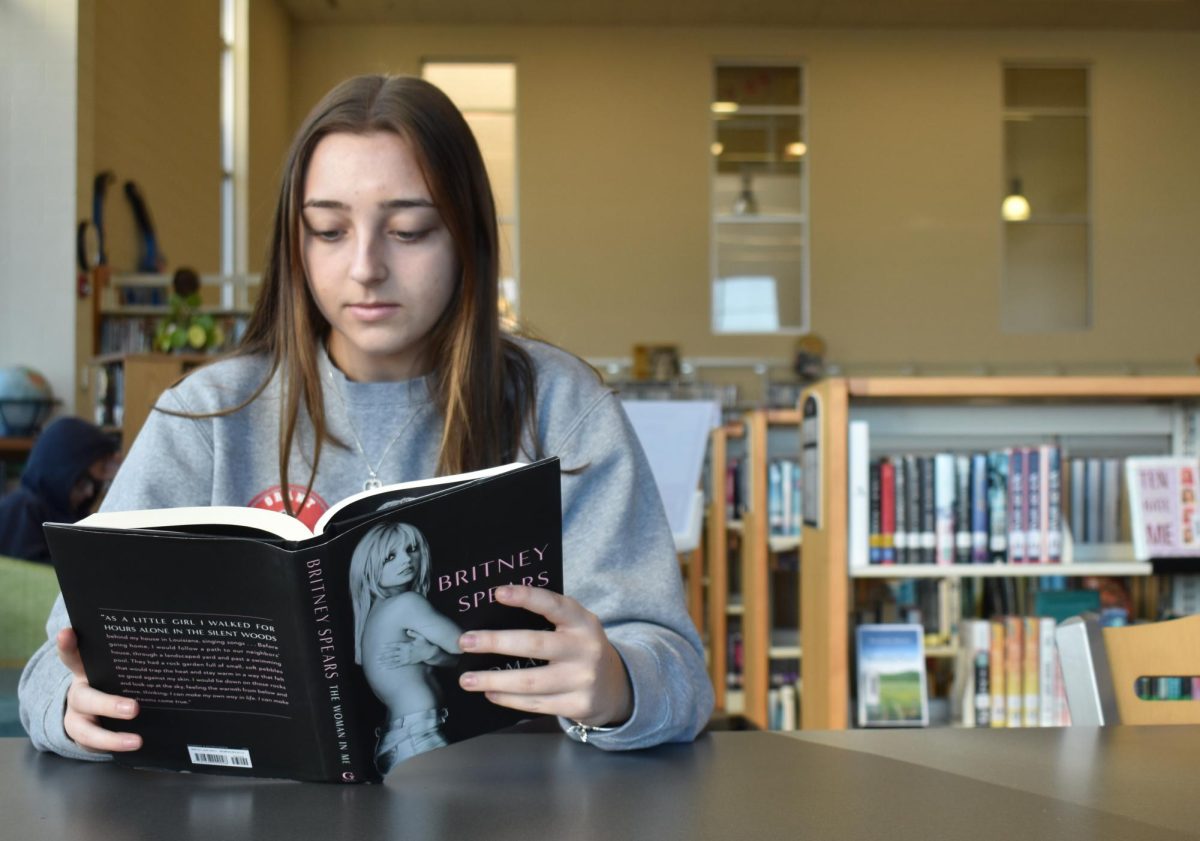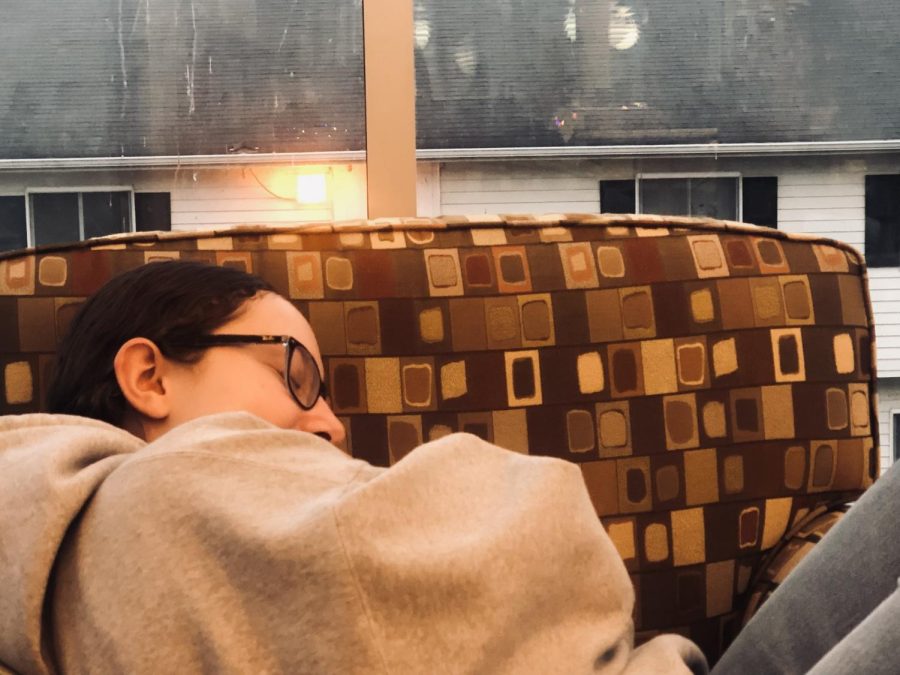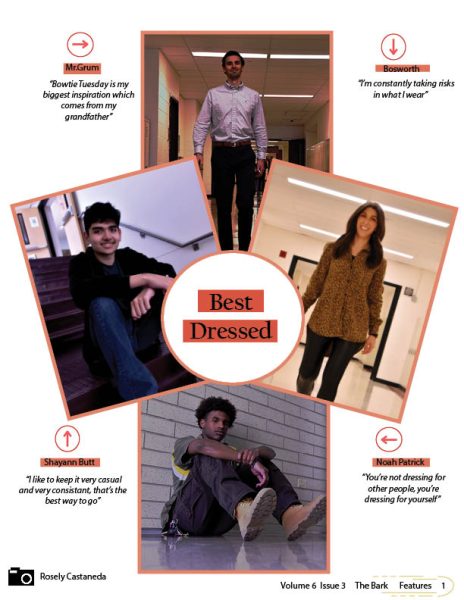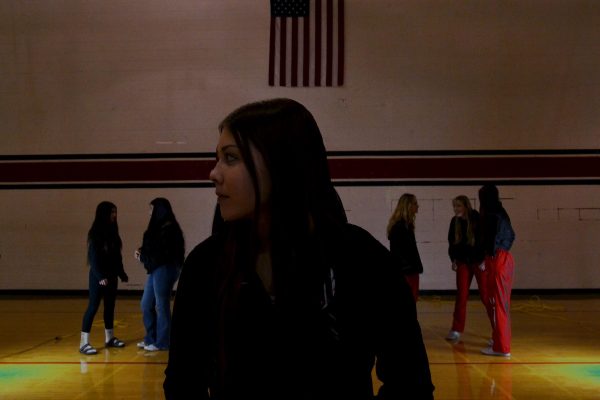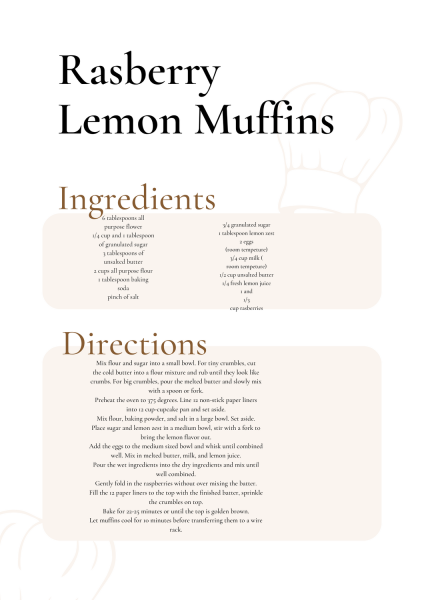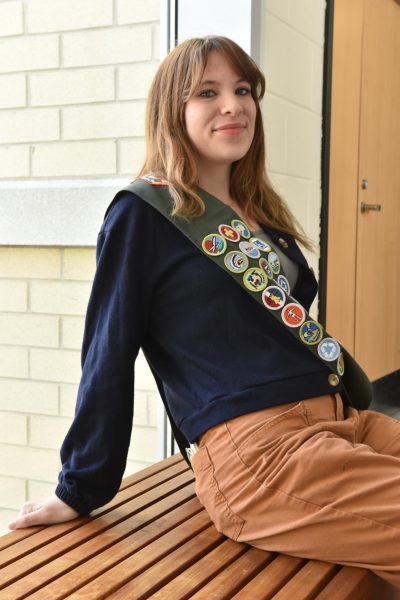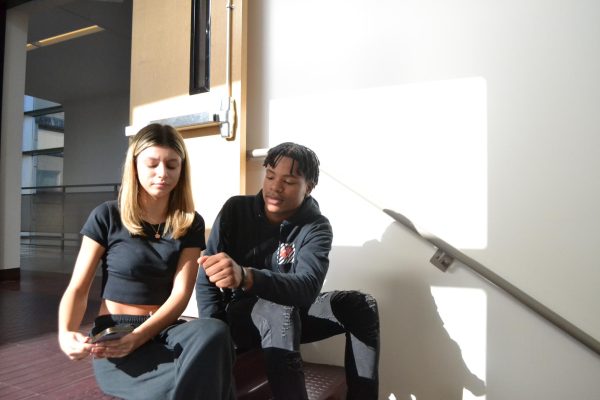Seasonal Depression is Upon US
Spreading awareness on seasonal depression.
Sophie Lelchuck, not able to stay awake in class from not sleeping the night prior.
January 15, 2023
As the sunlight fades away and the cold rides right around the corner, a dark season arrives at our doorstep. Many people struggle with a mental disease called “Seasonal Affective Disorder”, better well-known as seasonal depression. Seasonal depression comes and goes within the seasons, beginning and ending at around the same time every year. The most common season for people, especially students to notice any symptoms of SAD is at the start of fall and usually continues through the winter until the warm weather returns.
Seasonal affective disorder or SAD is a type of recurrent depressive state with a seasonal pattern. Doctors and psychologists have summed up some of the criteria for seasonal affective disorder. Remember, if you face seasonal depression, know that anybody can pass through it as long as one tries to!
Symptoms of Seasonal Depression can include: A sense of hopelessness; a sense of hopelessness can lead a person or student to think that they can’t achieve anything or improve their current situation. It can also force a person to not want to feel anything such as happiness or laughter, it can make one feel empty or dim inside. Changes in appetite; can give one the feeling of not wanting to eat on a regular basis and eat more or less based on certain events that occur throughout their day-to-day that can spark negative reactions. Low energy or tiredness; can cause people to stay in their comfort zone, most likely in their own homes. Students can also experience a higher feeling of not being able to focus in class or stay zoned into discussions with others, along with not being able to hang out with friends without feeling drained or sick. Sudden loss of interest in activities; people no longer are able to put effort into the activities they once enjoyed and show a lack of support for the activity. Students may also no longer feel like participating or showing up to their activities and rather try to avoid pursuing them. Sleeping problems (too much or too little); a student not being able to sleep at night and rather sleep more of the day at school or during activities. Another way could be, for students sleeping as much as they can during the day at school and at home to try and avoid their thoughts and problems that build up. Feelings of worthlessness; when a student is in this state, they tend to gain more negative thoughts that can consist of “nobody would notice if I disappeared” or “everybody hates me”. It can develop worse mental health and cause one to think about actually disappearing! Easily irritated; this can have students to lash out easier if it’s with school, work, or friends. This can be seen by people getting frustrated a lot quicker with stuff and only worsens from bottled-up emotions and suppressed thoughts. Enhanced sensitivity emotionally; students can get more easily upset or frustrated by little things that can occur on a regular day-to-day basis. It can also be shown through the feeling of wanting to burst your eyes out at everything in one’s path.
Possible scientific causes for SAD that have been researched and come up with by Doctors, Psychologists, and Psychiatrists can include
Disturbed circadian rhythm; the decrease in sunlight that approaches the end of summer arrives. This can disrupt a person’s body’s circadian rhythm or internal clocks, leading to noticing symptoms of depression. Low serotonin levels; serotonin is one of the primary neurotransmitters that affect mood. Reduced sunlight in the fall and winter can cause a drop in serotonin levels that may trigger depressive states. Increased Melatonin Levels; the change in the season can disrupt the balance of melatonin, which plays a key role in sleep patterns and mood. Darkness increases the body’s production of melatonin. Therefore, people with SAD tend to feel sleepy and sluggish. Vitamin D Deficiency; lack of vitamin D has been linked to significant depression symptoms! Since much of our vitamin D comes from the sun, the darker winter months can create a vitamin D deficiency, causing depression symptoms.
Coping with SAD. There are various homemade ways that high school students have made to cope! Everyone’s ways of coping are different, one coping way could be crucial and helpful to them but doesn’t work for others. Don’t be afraid to experiment with other coping strategies. 1. Spending time outdoors, it can be hard to enjoy the outdoors at this time of year due to the freezing temperatures and how being outside for less than a minute feels like cold death. Try to look around you and appreciate the details of nature and what beauty it holds, such as the snow hanging from the heavy branches or dog prints going throughout the snow. 2. Get moving; exercise, yes it might be difficult to do any activities you usually would do during the warmer months but it doesn’t mean that there aren’t any good activities to do during the winter! One could experience going sledding, skiing, ice skating, snowboarding, and tubing and the best part is you can do all of these with friends or family if you don’t want to try something new alone. 3. Keep a journal! Writing in a journal can help release negative thoughts and emotions that are sitting inside so they don’t get bottled up to the point where one would crack. It’s like having a therapist listen to your problems but instead of saying them out loud you’re writing them down, a journal can also help you realize patterns in your thoughts or day-to-day life that could be negatively impacting you.
It’s normal to deal with SAD but it helps to talk with someone about the thoughts and feelings you have been receiving. You aren’t alone, and as long as you try to fight it and figure yourself out then you can beat it. You’ll be able to beat it, don’t worry, just live your life and enjoy it.



